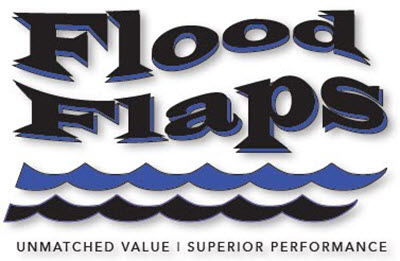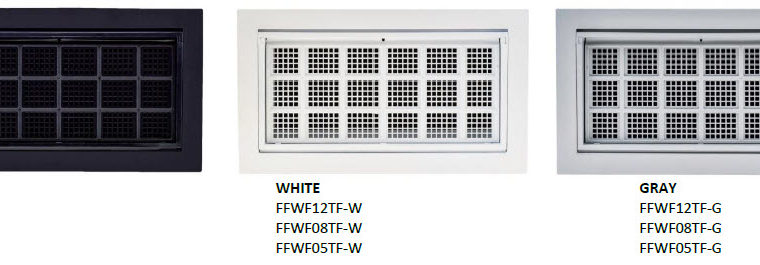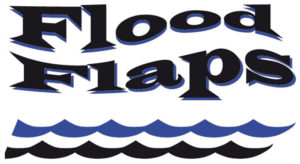Do I Need Flood Insurance?
Frequently asked questions (FAQs) about flood insurance
Hurricanes, winter storms and melting snow are just some of the causes of flooding. Whatever the cause, when floodwaters rise, homeowners who lack flood insurance may find themselves underwater literally and financially. The reason: Standard homeowners insurance policies will not cover losses caused by flooding or rising water. As a catastrophic natural peril, flood damage is excluded from home insurance policies. (This includes policies available through Ameriprise Auto & Home Insurance.) Instead, flood insurance is offered through the National Flood Insurance Program. If your community is in the National Flood Insurance Program, you can buy flood insurance.
Q: Why does the U.S. government provide flood insurance?
Due to the relatively high claims costs and relatively low numbers of properties at risk, the Federal Insurance Administration, which is part of the Federal Emergency Management Agency (FEMA) offers flood insurance, through FEMA’s National Flood Insurance Program (NFIP).

Q: How common is flood damage?
- Between 2003 and 2012, total flood insurance claims averaged almost $4 billion a year.
- Every state has experienced a flood or flash flood in the last five years.
- A few inches of water can cause tens of thousands of dollars in damage.
- More than 5.5 million homes are covered by flood insurance in more than 21,800 communities.
Q: What does flood insurance cover?
It covers losses due to the overflow of inland or tidal water. The water source includes an accumulation of surface water caused by heavy rain or liquid mud that flows like a river.
Q: Who needs flood insurance?
You should consider buying flood insurance if you own or rent property on a flood plain or in a low-lying area prone to flooding, such as locations near a beach, lake or river. Most lenders will make having this insurance a condition of your mortgage contract if you are buying a property in these locations. In fact, more than 90% of the flood insurance policies sold in the U.S. are the result of lenders requiring homebuyers to purchase flood insurance coverage. Lenders like existing homes or new ones being built on a flood plain to have flood insurance worth at least as much as the mortgage amount.
Q: Can anyone get flood coverage?
You can only buy flood insurance if your community participates in the NFIP. To be included in this program, your community will have agreed to take measures to manage and reduce the risk of local flooding. You can check the Community Status Book to see if your community is an NFIP partner.
Q: What properties are excluded from flood coverage?
There are some properties that cannot get flood insurance, including buildings developed over water or underground, undeveloped land, roads, and motor vehicles.
Q: How much does flood insurance cost?
Premiums are based on the type of property, its contents and location as determined by the flood insurance rate map. The higher the risk, the higher the cost. While rates start at $75 annually, the average national premium is $300 per year for an $85,000 benefit limit.
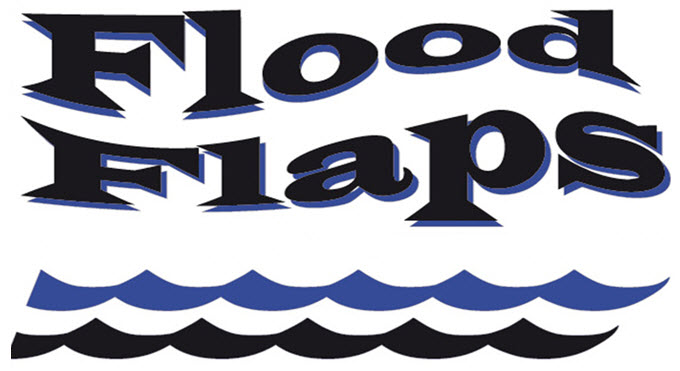
Q: How is flood insurance different from federal disaster assistance?
Federal disaster assistance is typically provided as a low-interest loan that you have to repay. Flood insurance works like other insurance policies. You pay an annual premium. If you experience a covered loss, your flood insurance policy helps you offset the costs of repairing the damage, up to the amount specified in the policy.
Q: What’s typically covered by flood insurance?
Flood insurance generally covers:
- The property and foundation
- Electrical and plumbing systems
- Central air conditioning equipment, furnaces and water heaters
- Refrigerators, cooking stoves and such built-in appliances as dishwashers
- Carpets, wallboard, bookcases and cabinets
- Window blinds
- A detached garage, up to 10% of the building property coverage
- Debris removal
- Personal property, including:
- Clothing, furniture and electronic equipment
- Curtains
- Portable air conditioners, microwaves and dishwashers
- Washers and dryers
- Food freezers, including food
- Valuable items, including original artwork, up to $2,500
Q: What is not usually covered?
- Damage from moisture, mildew or mold a homeowner could have avoided.
- Money, precious metals and valuable papers, including stock certificates.
- Property and belongings that are outside the insured property, including wells, septic systems, walks, decks, patios, fences, seawalls, hot tubs and swimming pools, as well as plants and trees.
- Costs for temporary accommodations.
- Certain items in basements (e.g., paneling, bookcases, and window treatments, carpeting, tile, drywall, clothing, electronics, kitchen supplies and furniture).
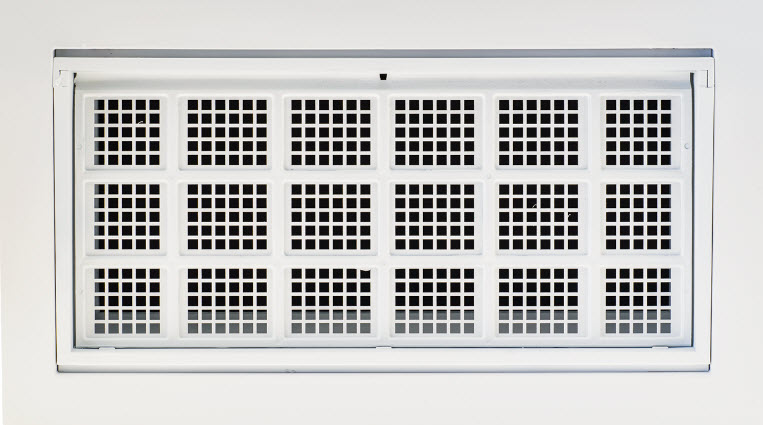
Q: How much flood insurance coverage is available?
Flood coverage limits for a standard flood policy are:
- One to four-family structure: $250,000
- One to four-family home contents: $100,000
- Other residential structures: $250,000
- Other residential contents: $100,000
- Business structure: $500,000
- Business contents: $500,000
- Renter contents: $100,000
Q: Is there a waiting period for flood insurance to become effective?
For most flood insurance policies, there is a 30-day waiting period before flood coverage goes into effect, with these exceptions:
- If your lender requires you to take out the insurance — the insurance is available when the premium is paid.
- If the purchase is as a result of a revision to a Flood Hazard Boundary Map (FHBM) or Flood Insurance — the insurance applies the day after the application date and payment of the premium.
Q: How do you file a claim for flood loss?
Policyholders should inform their insurer immediately after their property has been flooded. Your insurance company will assign a claims adjuster to the case. You will then have 60 days to file a “proof of loss.” This proof of loss is a sworn statement that substantiates the claim. The adjuster can usually provide a printed form for this statement.
Q: What is the maximum payout?
If you experience a loss, your payout will be the amount of the covered loss minus any deductible, up to the amount of insurance you’ve purchased.
Q: How are flood insurance claims calculated?
The most common methods for paying out flood claims are:
- Replacement Cost Value (RCV), or how much it costs to replace the property.
- Actual Cash Value (ACV)
The National Flood Insurance Program has created the FloodSmart.gov website to provide information on flood preparedness and insurance for property owners. Or, visit the National Flood Insurance Program website for additional information.
- “Resources: Flood Facts.” Floodsmart.gov. National Flood Insurance Program, n.d. Web. 15 Dec. 2014. <https://www.floodsmart.gov/floodsmart/pages/flood_facts.jsp>.
- “What’s Covered.” Floodsmart.gov. National Flood Insurance Program, n.d. Web. 15 Dec. 2014. <https://www.floodsmart.gov/floodsmart/pages/residential_coverage/whats_covered.jsp>.
- “Resources: Frequently Asked Questions.” www.floodsmart.gov. National Flood Insurance Program, 4 Dec. 2014. Web. 15 Dec. 2014. <https://www.floodsmart.gov/floodsmart/pages/faqs/how-much-flood-insurance-coverage-is-available.jsp>.
- “Answers to Questions about the National Flood Insurance Program.” fema.gov. FEMA, 29 Oct. 2014. Web. 15 Dec. 2014. <http://www.fema.gov/media-library-data/20130726-1438-20490-1905/f084_atq_11aug11.pdf
 >.
>. - “Resources: Flood Facts.” floodsmart.gov. National Flood Insurance Program, n.d. Web. 15 Dec. 2014. <https://www.floodsmart.gov/floodsmart/pages/flood_facts.jsp>
